As part of our Fellows Program, our 2018–19 Fellows spent two months at individual field placement sites across the globe to learn from thought leaders, immersing themselves in their host organizations’ structure, culture, and approach to staff management and leadership … as well as sharing and growing their own expertise. From Singapore to California and Shanghai to Arizona, hear from the Fellows as they detail the time spent at their host organizations, sharing lessons learned and memories made.
Chelsea Mahaffey
Shanghai Chenshan Botanical Garden, China
For two fantastic months, Shanghai Chenshan Botanical Garden was my home. With more than 500 acres and 20 distinct gardens, I likened it to the Longwood of the East. The idea to create a large botanical garden was conceived in the early 2000s between three entities: Shanghai Municipal People’s Government, the Chinese Academy of Sciences and the State Forestry Administration. After conducting a regional search to find a site large enough for China’s newest botanical garden, Shanghai Chenshan was constructed next to a quarry and opened to visitors within three years.
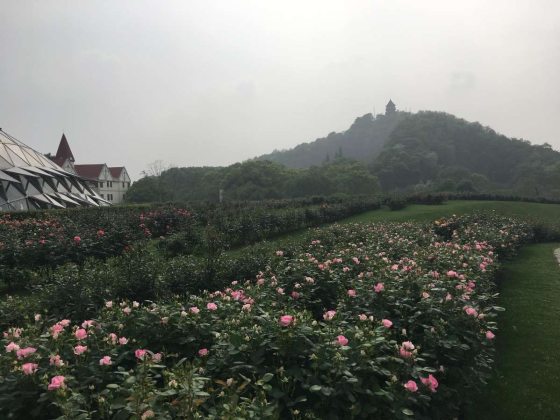
I was most impressed with the vision of the garden, led by Executive Director Dr. Hu Yonghong, the garden’s founding director and visionary. Chenshan focuses not only inward to be one of the best botanical gardens and research centers but focuses outwardly to improve the quality of horticulture in Asia. Hu often advises Shanghai municipalities in best practices of horticulture in urban forestry practices, pushing the greening efforts in the city. As a highly urbanized area, Shanghai realizes greening efforts are crucial to the health and well-being of their citizens.
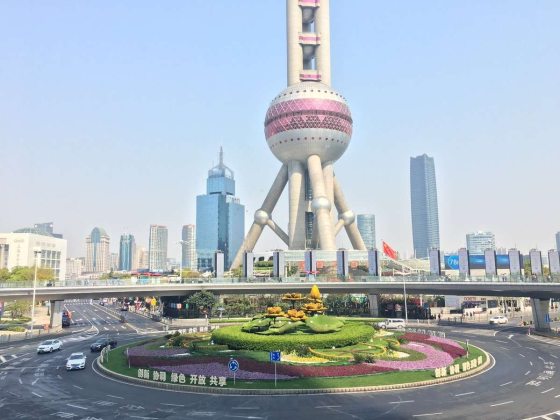
With space becoming more and more precious, opportunities for children to play outdoors is becoming a novelty. As a family-focused garden, Chenshan is proactively finding ways to create spaces where children can interact and learn about plants. They are fostering the next generation of plant enthusiasts by actively expanding their children’s garden. They are developing unique areas where kids can interact with nature and provide immersive experiences.
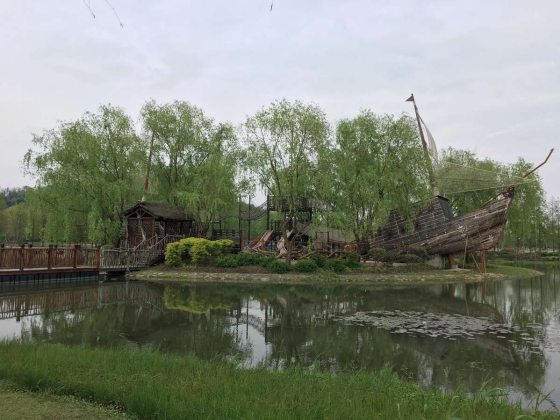
Dr. Hu has also worked with his staff to develop a horticulture training program. The program brings botanical garden staff from developing Asian countries to Chenshan. Every year they welcome a cohort for a multiple week training course, showing them local gardens, as well as providing training from content experts and hands-on experience in the field.
My time at Chenshan has allowed me to reflect on my values and leadership. I understand the importance of plants in our lives, but, moving forward, how will I share that importance as a leader? Shadowing the leadership at Chenshan has allowed me to understand the impact botanical gardens can have on future generations within the garden and with local families, as well as the importance of sharing knowledge across borders.
Erin Hepfner
Fort Canning Park, Singapore
When considering locations for my field placement experience, I identified Singapore as a place that could support my professional goals of experiencing a new culture, further developing my knowledge of ecologically responsible development, and exploring my personal interest of maritime commerce. For years I’ve been drawn to the tropical, yet urban island with a commitment to well-planned urban growth and a mission to restore and protect greenspaces for human well-being and ecological integrity. Not only does Singapore honor greenspace, but it’s also one of the busiest commercial maritime ports in the world, making it an interesting melding of plant conservation and cutting edge global commerce.
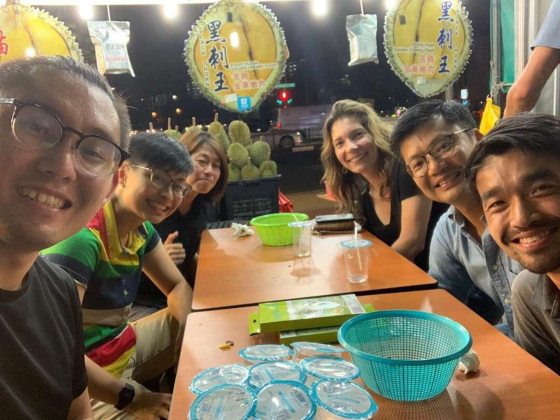
I ultimately chose to work at the historic Fort Canning Park, a 23-hectare park located within the dense urban core of Singapore’s Central Business District, where visitors are able to recreate, seek respite under heritage trees, and learn about the rich history dating to the 14th century. Fort Canning Park is the site where Sir Samford Raffles, in 1819, established a British outpost on a hill overlooking the mouth of the Singapore River, both ideal locations for the East India Trading Company to establish a maritime hold along the spice trade route. Singapore commemorates its bicentennial this year, with many festivities aptly taking place at Fort Canning Park.
While I was at Fort Canning Park, the incredible team of park directors and managers led site enhancements and planned for grand events in anticipation of making the park accessible for an influx of visitors celebrating Singapore’s heritage. To build on the park enhancements taking place and as part of the second phase of the site’s master plan, I developed a concept plan for future growth and interpretation of the Spice Garden and Gallery, one of the nine gardens featured in the bicentennial. It’s a location within the park that features Singapore’s history and showcases the significance of spices and food in Singapore’s culture, heritage, and history. The project process included conducting a site analysis, researching historical context, gathering staff feedback to understand and determine the strengths and vision for the spaces, and learning about the potential audiences to inform future interpretive planning and site development.
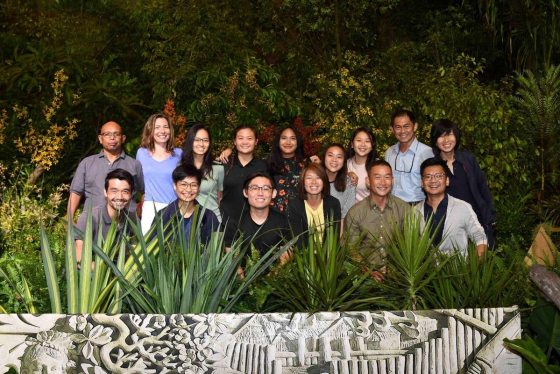
It was an honor to represent Longwood while in Singapore. My time there afforded many new cultural experiences and was the perfect opportunity to apply the Fellows Program curriculum in the form of a comprehensive project that contributed to the future of Fort Canning Park—a meaningful way to give back to the team and organization who so graciously hosted me for two months.
Sadie Barber
The Huntington Library, Art Collections, and Botanical Gardens, United States
One of the greatest gardens of the world, The Huntington Library, Art Collections, and Botanical Gardens, or colloquially known as “The Huntington,” was where I very happily found a home for my field placement. Visitors to this San Marino, CA organization—whether literature, art, or plant enthusiasts—are awarded a magnificent 120 acres of gardens with fantastic collections and highlights that include the Japanese, Desert, Jungle, Children’s, and California Gardens.
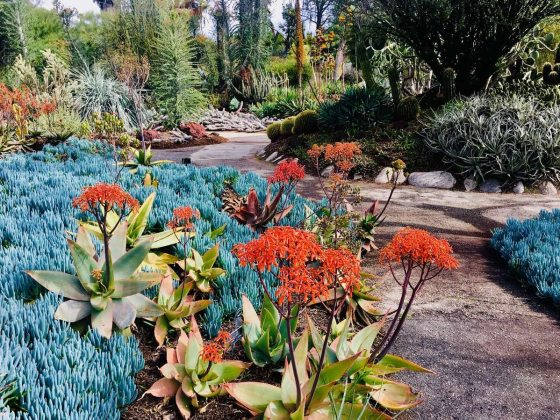
The institute is 100 years old and its founders, Henry and Arabella Huntington, had an original vision to create a place for the advancement of learning, the arts, and sciences. Everything The Huntington does today still holds this vision in mind, and what I encountered was the wonderful interconnections between the organization’s different departments, no more so than during the project management meetings for the development of a new extensive Chinese Garden. The development of this garden, due for completion in 2020, is a truly collaborative effort with all parts of the organization involved. My time there allowed me the opportunity to join the project management team and to understand this ambitious venture from an insider’s point of view.
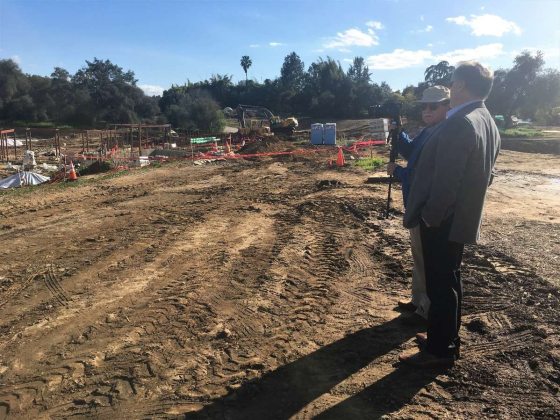
I had the privilege of spending much of my time on placement with one of The Huntington’s longest- serving leaders, Director of Botanical Gardens Jim Folsom. He has been with the organization for 35 years and while you might expect someone in post for that long to suffer from weariness and inertia, Folsom is different. He is energetic, curious, good-humored, encouraging, visionary, and a great storyteller.
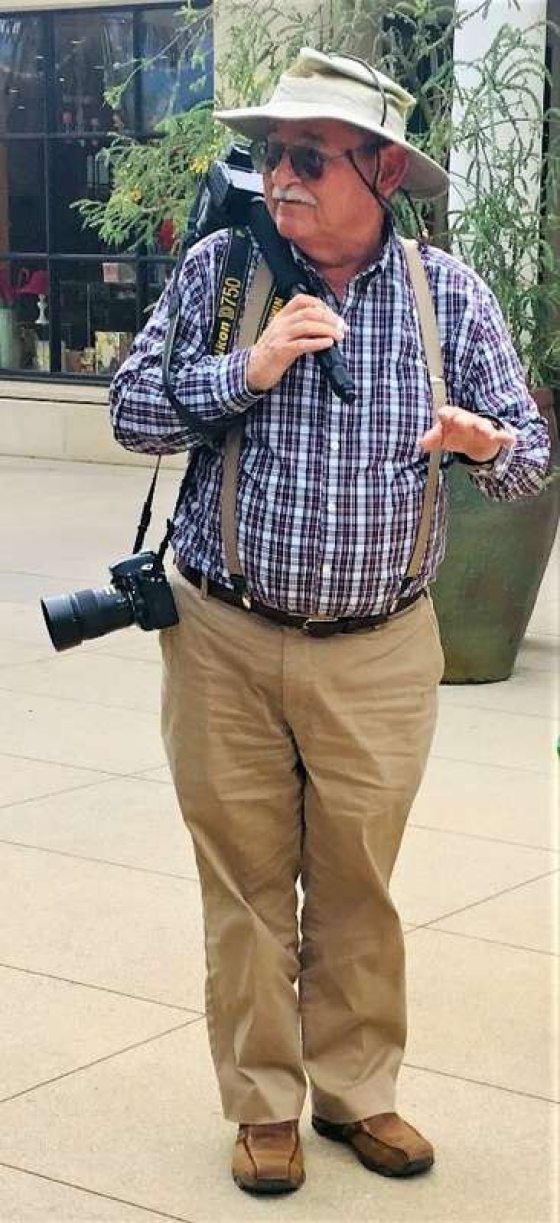
At every opportunity, Folsom shared his knowledge and experience, and he helped me to see a leader’s wider view. His appreciation of how the botanical division fit into the larger organization taught me how to take a bigger-picture view, to rise above the details and understand how everything connects and has influence of everything around it. For me, it was a great lesson in strategic thinking and inclusive leadership.
Caroline Tait
Desert Botanical Garden, United States
Nestled in the semi-arid Sonoran Desert of Arizona is the fastest-growing city in America: Phoenix. Seven hundred people are moving to this vibrant metropolis per week and for the months of March and April I joined them as I discovered the tiny gems and towering giants of the cacti world at the glorious Desert Botanical Garden.
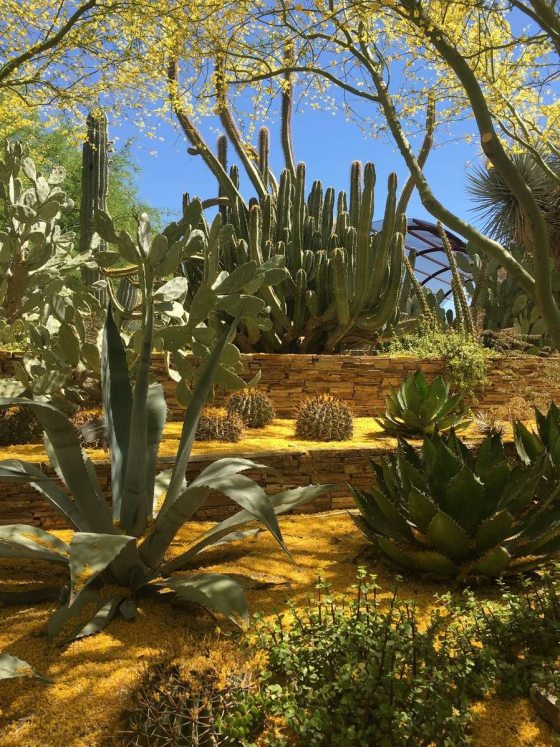
Desert Botanical Garden is home to 67% of the world’s cacti species with efforts focused on holding wild plant and genetic data for 85% by 2023. Time is of the essence as one-third of cacti are threatened with extinction and are severely affected by illegal global trafficking, making them the fifth most endangered organism worldwide.
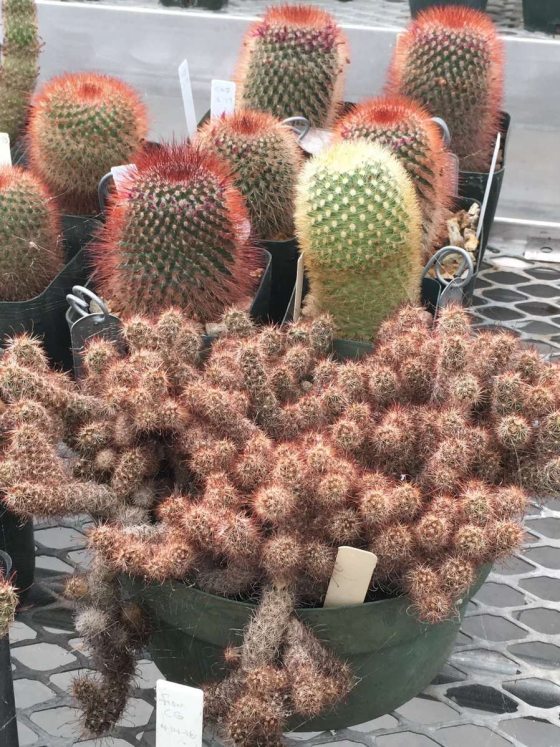
The breadth of my experience at Desert Botanical Garden allowed me to join and contribute to senior team and board meetings, and to implement Fellows Program learning by working closely on two projects: the first with Public Horticulture developing a framework and content for the Desert Landscaping School Instructor Guide through guided problem-solving sessions, and the second with Research, Collections and Conservation studying the accessioned cacti collection in relation to the organization’s 2019–23 strategic plan.
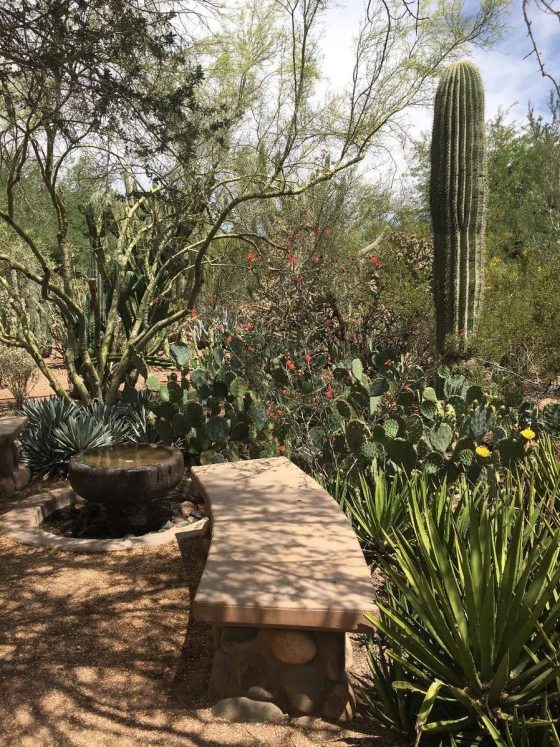
The desert stole a little piece of my heart and I hope to return one day. I left with the knowledge that the residents of Phoenix, both new and established, have an incredible resource on their doorstep—a beautiful garden whose dedicated staff advocate for unique desert flora, both Sonoran and beyond. I’ll miss the Desert Botanical Garden … and maybe next time I’ll visit during the 120-degree conditions of high summer!
Eleanor Gould
National Parks Board, National Biodiversity Centre, Singapore
Spending two months in Singapore, the innovative “City in a Garden,” was a phenomenal and eye-opening cultural immersion. Singapore felt almost futuristic, and the contrast was especially significant because was I immersed in an 18thcentury historic public garden before becoming a Fellow. The Fellows Program has been transformative for me, and the field placement experience was a capstone to a year of growth and change.
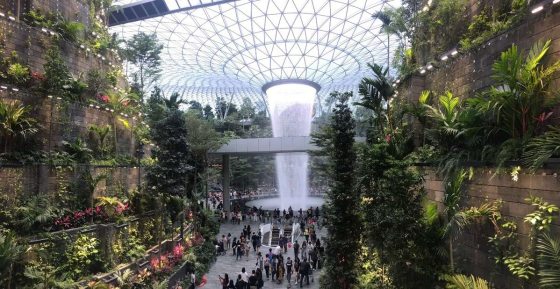
Singaporean Founding Father Lee Kuan Yew established and effectively communicated his comprehensive garden city vision for Singapore in the 1960s. He saw the greening of the city as both beautiful and vital for the physical and mental well-being of the urban population.
The National Parks Board continues to innovate by planting the city with a multi-layered design that emulates the forest layers and provides habitat for wildlife. Other strategies for biodiversity conservation include habitat enhancement within the established parks, biophilic playgrounds, and wildlife connectivity throughout the city.
My field placement took place at the National Parks Board National Biodiversity Centre. The mission of the National Biodiversity Centre is to “Connect, educate and inspire diverse communities to actively conserve & celebrate our natural heritage.” They are responsible for the conservation of terrestrial and marine flora and fauna of Singapore, and they put the community at the core of their work. They work to formulate, implement and coordinate strategies, policies, and guidelines on biodiversity conservation, and they drive their ambitious strategies by empowering the community to take an active role.
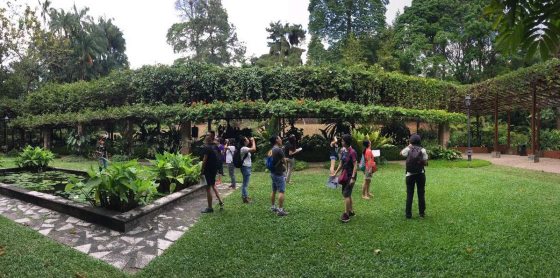
While in Singapore, I developed a new understanding and appreciation for biodiversity and inclusive servant leadership that I know will continue to inform me in my future leadership endeavors. As populations around the world become more urbanized, we can learn a lot from the comprehensive and comprehensive strategies that have made Singapore so successful at putting nature back in the city. Urban biodiversity is possible … if Singapore can do it, so can we!


